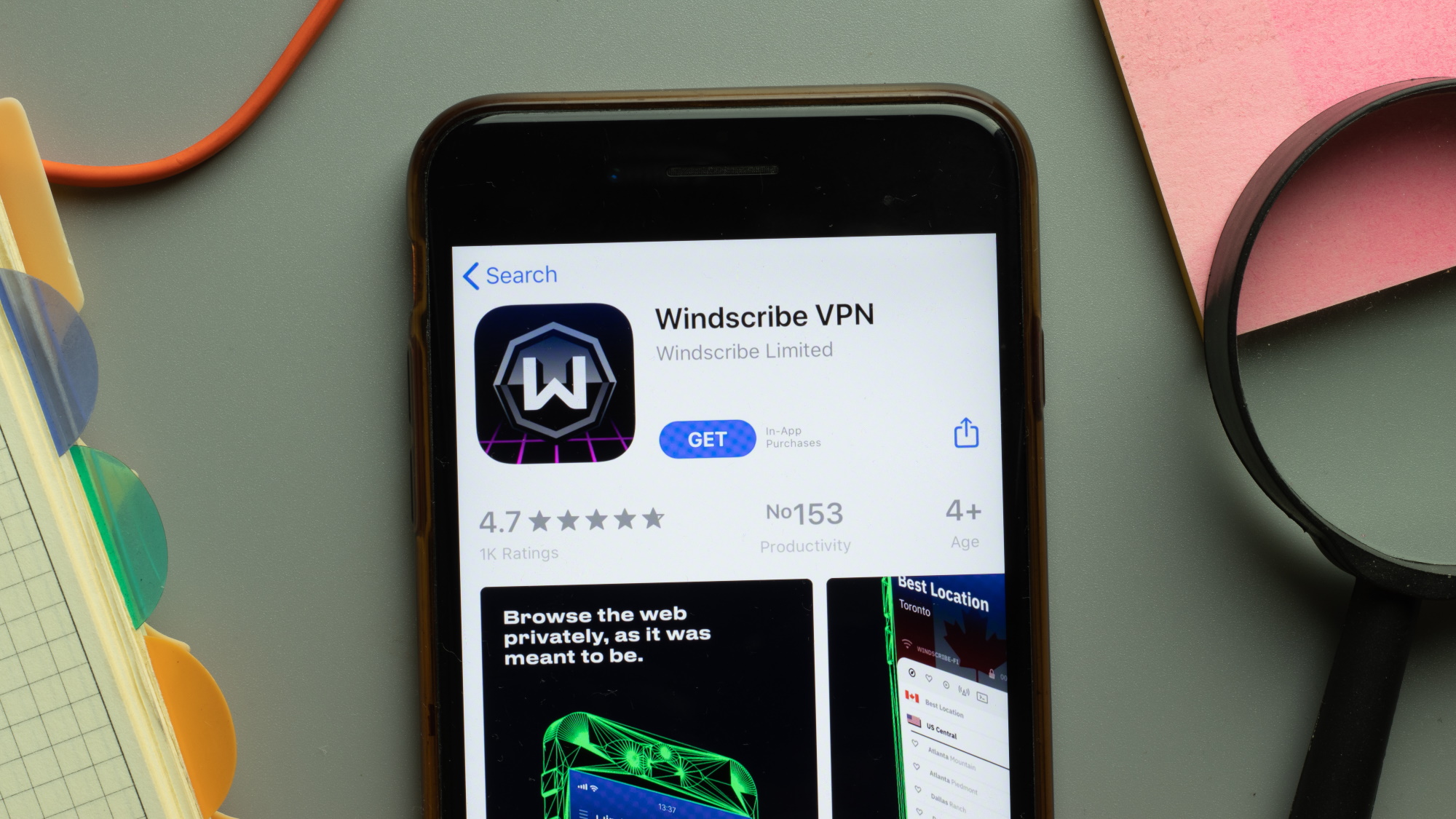Windscribe VPN just made WireGuard even more quantum-resistant
Windscribe's WireGuard protocol now comes with wider post-quantum protections for extra security

- Windscribe has just strengthened its VPN security with a new post-quantum update for the WireGuard protocol
- The upgrade helps protect your data against future quantum decryption threats
- Windscribe already offered post-quantum encryption (PQE), but this update adds an extra layer of security, and it's now available to all users
Windscribe has rolled out a major security update to its VPN, upgrading its WireGuard protocol with new post-quantum protections.
The update builds on Windscribe's existing security framework and is designed to keep user data secure, not just today, but in a future where quantum computers could crack current encryption methods. Windscribe has already offered post-quantum protection on a more basic level, but now, it has reinforced it with an extra layer of security.
You may not notice this in day-to-day use, but this kind of future-proofing could definitely help Windscribe rival some of the best VPNs. Here's how it works.
How does Windscribe's new update work?
Windscribe is a VPN with a big focus on security, and this latest update highlights that commitment by bolstering its defenses against quantum computers. This change affects connections made via the WireGuard VPN protocol.
In a blog post, Windscribe highlights the dangers that lie ahead as quantum computers may one day become commonplace. It all comes down to encryption and how easy or hard it is for a threat actor to unscramble encrypted information.
While the computers we know and use these days would need an immense amount of time to decrypt the data, quantum computers can do it much quicker, making standard encryption methods less reliable against such attacks.
The future is here! And we're ready for it. Quantum computing poses a threat to conventional encryption and your online security. But starting today, you don't need to worry. We now have post-quantum encryption for our VPN. More details on our blog:https://t.co/fMY84nPbwMOctober 8, 2025
Windscribe now strengthens how your VPN connection exchanges encryption keys, which are essentially the foundation of how your data is protected. The new system uses a "hybrid" approach that combines traditional encryption with post-quantum algorithms, ensuring that even if quantum computers become powerful enough to break current cryptography, intercepted data would still remain unreadable.
Windscribe already offered post-quantum protections before via the PresharedKey (PSK) parameter in WireGuard. However, the PSK was previously exchanged using classic encryption methods; now, this process also uses a post-quantum-resistant encryption algorithm.
The key is rotated every time you log into the Windscribe app. The update is available for users on desktop, Android, and iOS. To enable it, simply log out and in to your Windscribe VPN app, then connect using the WireGuard protocol.
Windscribe paves the way for future VPN security
We're not living in a post-quantum world yet, but that day will come, and VPNs need to be ready. Windscribe was already ahead of the curve with post-quantum encryption on its WireGuard connections, and this new update brings it near the front of the line.
Still, it's not the only VPN service that's mindful of the threat of quantum computers against common encryption methods.
After adding post-quantum protection on its proprietary protocol Lightway, ExpressVPN has also recently started supporting WireGuard in a bid to support a wider transition to post-quantum VPNs across the industry. Meanwhile, NordVPN has extended post-quantum encryption to all applications after a limited Linux-only rollout in 2024.
Other VPN services currently offering post-quantum encryption also include Mullvad, AdGuard, and PureVPN, with Surfshark and NymVPN also expected to join the list soon.
Last year, the National Institute of Standards and Technology (NIST) released the first set of quantum-resistant encryption standards. Following this change, we can expect to see more and more VPN providers embrace the future and prepare for it with PQE.
You might also like

Monica is a tech journalist with over a decade of experience. She writes about the latest developments in computing, which means anything from computer chips made out of paper to cutting-edge desktop processors.
GPUs are her main area of interest, and nothing thrills her quite like that time every couple of years when new graphics cards hit the market.
She built her first PC nearly 20 years ago, and dozens of builds later, she’s always planning out her next build (or helping her friends with theirs). During her career, Monica has written for many tech-centric outlets, including Digital Trends, SlashGear, WePC, and Tom’s Hardware.
You must confirm your public display name before commenting
Please logout and then login again, you will then be prompted to enter your display name.